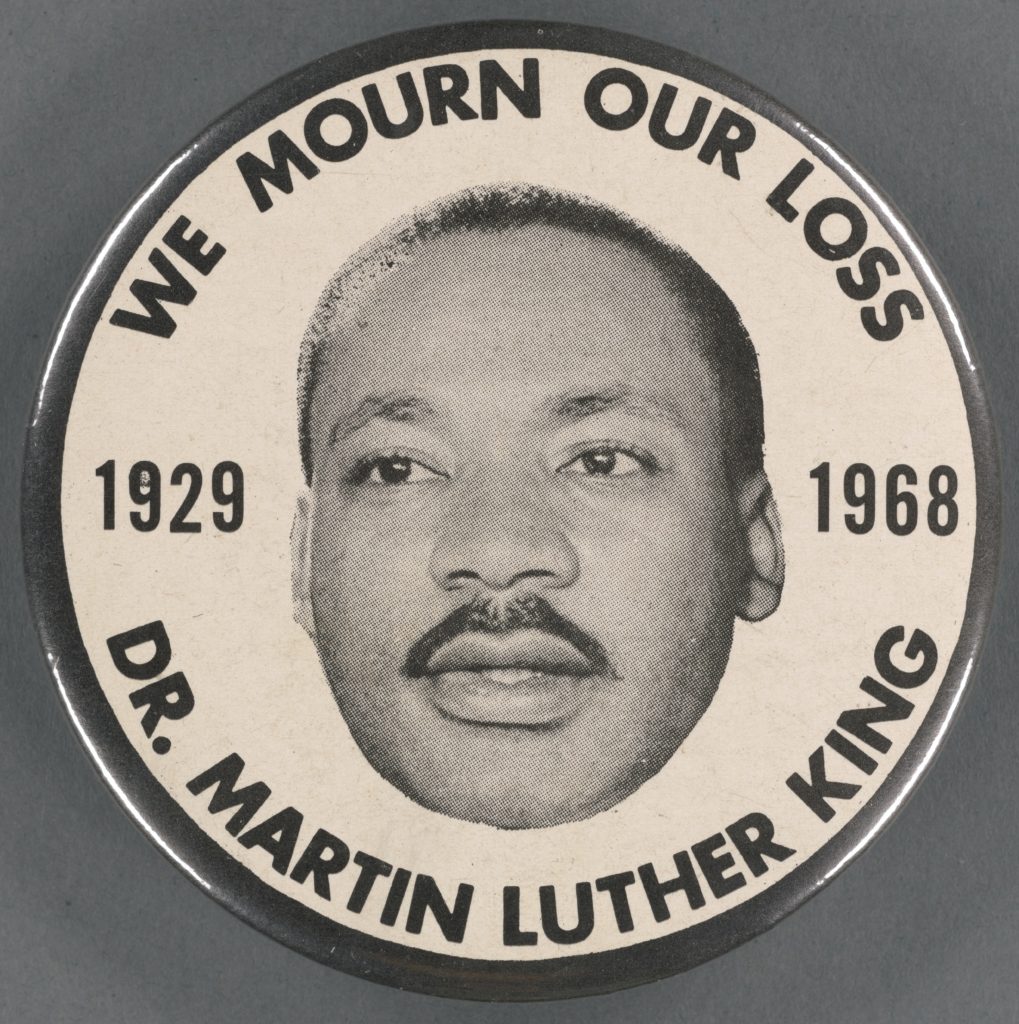Leaders exist in all different industries as well as in sports. There are two types of leadership. There are formal and informal leaders. No matter who you are, you will find out that sports could be your go-to place to learn and build your leadership skills. In this article, we will talk about what leadership is, and especially look into what leadership lessons we learned from Johan Cruyff. An innovating footballer and manager that always tried to become more efficient and open to new ideas
3 leaders who changed the leadership forever
This is the first part of a new miniseries about leaders who changed the leadership forever. In this first part, we will introduce what leadership is, and then introducing some great leaders from the sports world and what these miniseries will talk about.
If you want to already jump to the second part about modern leadership and efficiency click on the button below.
Leadership lessons from 3 football managers who changed the sport forever
In the past few years, the business coaching industry has grown exponentially to become a multibillion-dollar industry[1] and leadership education is a part of this rapidly expanding industry. Multinational companies, business professionals, managers, entrepreneurs, and students invest a substantial chunk of their money on leadership development and education[2]. Leadership education includes conferences, certifications, human resource training, seminars from leadership gurus, coaching, books, and even post-graduation courses. However, if analyzed properly, a lot of significant leadership lessons can be learned from the sports industry, particularly in football management.
What is Leadership?
Before we dive into the examples, it is important to understand the true definition of Leadership. One of the most famous leaders of all times, Martin Luther King Junior defined a genuine leader as a moulder of consensus rather than a searcher for consensus. His definition is in prime proximity to one of the earliest and most meaningful academic definitions of leadership provided by Stogdill, who summed up leadership as the process (act) of influencing the activities of an organized group in its efforts toward goal setting and goal achievement[3].
“Leadership has nothing to do with the title on your business card or the size of your office. Leadership is not about how much money you make or the clothes you wear. Leadership is a philosophy. It is an attitude. It is a state of mind. And it is available to each one of us” writes acclaimed author Robin Sharma in his book, Little Black Book for Stunning Success. According to me, leadership is a skill of inspiring an organized group to pursue a particular philosophy, a process, a method in order to achieve the desired goal.

Prominent leaders in the world of football
From long balls, rough sliding tackles, and static player roles to slick ground passes, interceptions, and floating player positions, the world has seen a drastic change in the way football is played. Among many known and unknown contributors, the credit for the development of modern eye-pleasing Football goes to three prominent managers over the past three decades; Johan Cruyff, Arsene Wenger, and Pep Guardiola. These managers not only reinvented the way of training and playing Football but also made it more understandable and exciting for the viewers.
During Cruyff’s and Guardiola’s time at FC Barcelona and Wenger’s lengthy spell with Arsenal, the world saw a radical change in the way football was played. These three football managers inspired their respective teams to achieve great feats during their time and beyond. The playing style, training methods, diet schedule, training regimes, and psychological preparation introduced by them were so effective that it became a culture at FC Barcelona and Arsenal.
Nevertheless, altering the status quo of a football club, it’s traditions, training, and playing style was challenging for all of them to begin. The timing of their appointment and the context of the football clubs at that period was also complicated. In the beginning, all three faced a variety of obstacles, resistances, and questions from the players, management, and fans. Having a firm belief in their philosophies, these managers adopted the transformational (for an academic definition please see at the end) form of leadership.
The following piece will cover some of the most common terminologies used in Leadership literature with their academic definitions at the end. This article will also discuss the leadership lessons from the life events of these three football managers and how they changed the sport forever.
Total Football – Johan Cruyff
The 1970 FIFA World Cup, Mexico, was the first-ever FIFA World Cup to be telecasted on newly invented colour televisions. Through vivid colours, football started to become a more glamorous and entertaining sport for its television audience worldwide. Because of this development, the squads begin to think about playing an attractive style of football to serve the entertainment desires of the fans of their respective teams. The Netherlands was the first team to catch the eye of the world with their new form of playing football at the 1974 FIFA World Cup. The Dutch team cruised through the finals after defeating two South American heavyweights of the game at that time: Brazil and Argentina. Under the leadership of their captain and the reigning Ballon d’Or winner, Johan Cruyff, the team introduced a postmodernist (for an academic definition please see at the end) (new) style to play football coined as ‘Total Football.’
In Total Football, any outfield player of the team was allowed to take over the position of any other outfield player without changing the overall formation. It was a successful strategy against orthodox (and modernistic, for an academic definition please see at the end) man to man defence, which was the usual way of defending during those days. This attractive brand-new style of football came agonizingly close to winning the highest prize in the football world when the Dutch team took the one-nil lead in the opening minutes of the final. However, West Germany came back to win the match 2-1 at the end.
From a player to a manager
After retiring as a player, Cruyff got the opportunity to replicate his transformational leadership as FC Barcelona’s first team manager. He was recruited at the club on 4 May 1988 under the most controversial and difficult circumstances. The club had won one league title in the last fourteen years, and the whole first team was against the president. Six days before Cruyff’s appointment, one of the most unfortunate events happened. Twenty-one players and then head coach of the first team, Luis Aragones publically revolted against Josep Lluis Nunez, who was the president of FC Barcelona at that time.
Some severe changes were imminent, considering the context of the organization and the circumstances. To renew the squad, Cruyff sold fourteen players, and they were replaced with twelve new players. In the era of formations like 4-4-2 and 3-5-2, Cruyff was first to introduce 3-4-3. Moreover, the recruitment system at FC Barcelona was also revolutionized under Johan. Going against the general recruitment policy of the club, he signed various short players from the academy and other clubs who were technically excellent. A 1.70-meter tall midfielder, Eusebio was signed from Atletico Madrid while players like Guillermo Amor and Albert Ferrer were promoted from the Barcelona academy both less than 1.75 meters tall. Eventually, the three abovementioned players went on to represent the Catalan club for more than 200 occasions. To make his possession, passing, and movement-based ‘Total Football’ playing style successful, Cruyff invented new training drills. Rondo, which is one of the most famous football training exercises nowadays, was developed by Cruyff.
Comment to the tweet above – Johan Cruyff led FC Barcelona to their first-ever European Championship title in 1992 as a coach
The football culture
The influence of his transformational leadership was not only limited to the first team. He laid the foundation of a football culture (for an academic definition please see at the end) at FC Barcelona. As part of developing a football culture, La Masia, the modern FC Barcelona Academy, was established on Cruyff’s ideologies. He promoted talent ahead of physical attributes and eliminated the Prueba de la muneca (test of the wrist) at the Barca Academy. The Prueba de la muneca was conducted on all the academy players to check the height they will achieve ultimately. If it was found that the player is expected to grow below 1.80 meters, he was rejected from the academy[4].
Furthermore, he introduced fitness through football. Johan developed a unique short passing, possession, and retention of the ball through pressing based playing philosophy at FC Barcelona, which became characteristic from the grassroots level to all the way top to the first team. As a result of this culture, the club is regarded as one of the best in promoting academy players to the club’s first team. In the span of eight years as the head coach of Blaugrana (1988-1996), Cruyff helped the club to win eleven trophies, including the club’s first-ever European Cup in the year 1992. If Cruyff hadn’t amended the rules at the academy and developed a culture at FC Barcelona, the world would have never seen the players like Xavi, Iniesta, and Messi.
Comment to the tweet above – Cruyff – Innovator, Researcher, Visionary, Revolutionary, Risk-taker, and a Leader
Summary of leaders who changed the leadership forever – Johan Cruyff
To summarize, Cruyff provided the modern leaders of the world with four important lessons to become successful. Firstly, Innovation was at the heart of everything the Dutch prodigy implemented both as a player and as a coach. He was always open to new ideas. Today’s globally accepted playing philosophy, ‘Total Football’, the most common means to practice football, ‘Rondo’, and an amazing move to beat the defender, ‘Cruyff Turn’ were some of his most noticeable inventions.
Secondly, Johan not only played and managed the sport, but he also studied the sport like a meritorious scholar. During his entire lifetime, he constantly examined for the avenues of improvements in playing style and coaching methods. Once he concluded his research on a certain issue, he stood behind his research and philosophies. Cruyff’s persistent and patience with his researched methodologies (especially during testing phases), made him one of the most iconic players and managers in history.
Thirdly, Johan was never shy of exterminating bad practices and stereotypes of the sport. He abolished long-practised Prueba de la muneca (test of the wrist) at the Barca Academy. By doing so he advocated for equal opportunity to play irrespective of physical attributes. FC Barcelona reaped rewards of his good work by producing world-class players like Xavi, Iniesta, and Messi. Last but not the least, the three times Ballon d’Or winner taught us the importance of taking risks. He took the biggest risk when he agreed to become the gaffer of the Blaugrana at the time when the club was at the tip of its adversities and the rest is history. He personified the saying – the bigger the risk, the greater is the reward. Big risk coupled with his impeccable work ethics led Barcelona to unprecedented success during his eight-year reign as the manager.
Though the footballing world recognizes Cruyff as one of the greatest players and managers, the iconic Dutch deserves to be mentioned in Leadership education as an illustration as well.
Comment to the tweet above – The iconic Dutch deserves to be mentioned in Leadership education as an illustration
Leadership lessons from Johan Cruyff in bullet points
- Innovation – always seek more efficient methods and keep yourself open to new ideas
- Do your research and stick with your philosophy (especially during testing phases)
- Never feel shy to go against the stereotype and exterminate bad practices
- Don’t be afraid to take risks – the bigger the risk, the greater is the reward
Comment to the tweet above – Even the fans of FC Barcelona acknowledge Cruyff’s contribution to the club’s playing identity and success
This is a blog post written by author Shrey Upadhyay.
Next up, Le Professeur – Arsene Wenger
This was the first part of the new miniseries about leaders who changed the leadership forever. Stay tuned for the second part, where will introduce our next great leader from the sports world, Arsene Wenger.
Academic definitions of terms used
Transformational Leadership – An ideal style of leadership which promotes innovation. Transformational leadership can be defined as the set of five observable and learnable practices: challenge familiar organizational practices, inspire a shared vision among employees, enable employees to act in accordance with their vision, model the way for employees to perform, and encourage employees through recognition and celebration of success. In this type of leadership, a leader takes risks and initiates radical changes[5].
Postmodernism – A complex set of ideas that emerged in the later part of the twentieth century which promotes dynamics in roles, shifting of power, blurred boundaries among groups and individuals’ sensemaking, and horizontal interconnections rather than vertical hierarchies in an organization[6].
Modernism – A set of ideas that endorses specified roles, defined boundaries, vertical hierarchies, and centralization of power.
Culture – A set of values, beliefs, atmospheres, customs, and practices in the achievement of higher productivity and efficiency[7].

If you like this, you might want to go further and read these:
– How to get a job in tennis
– What a current sport management student needs to know
– For employers and job seekers in the sports industry
– 3 ways to express passion for sports jobs
We want to help more people finding their dream job and also feed you with the latest news and lessons form the sports world. Do you have any feedback or advice or news, please share that to us. You can contact us or reach out LinkedIn.
See you soon with more lessons learned from the sports field that will enhance your creativity and your career in sports.





